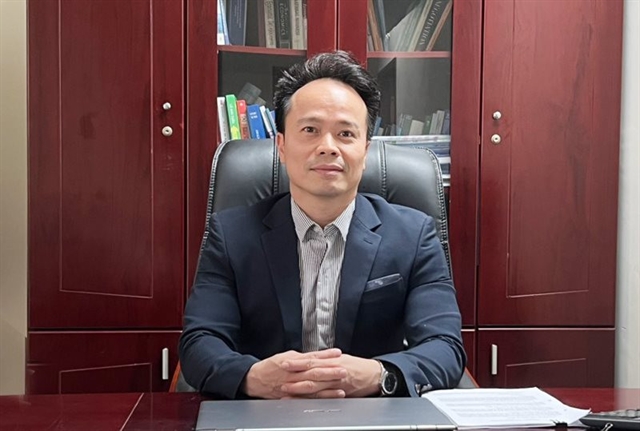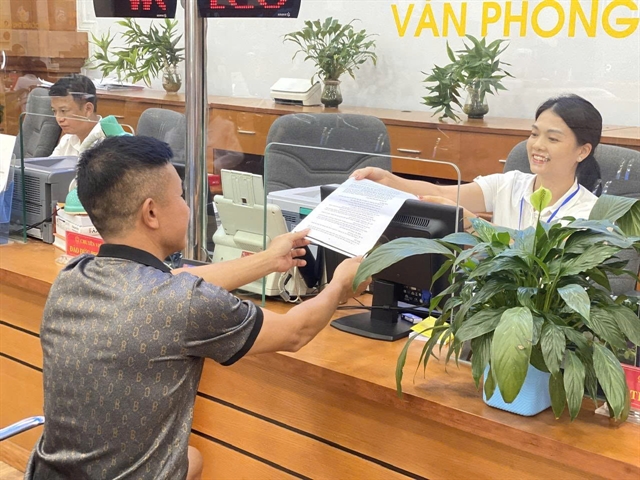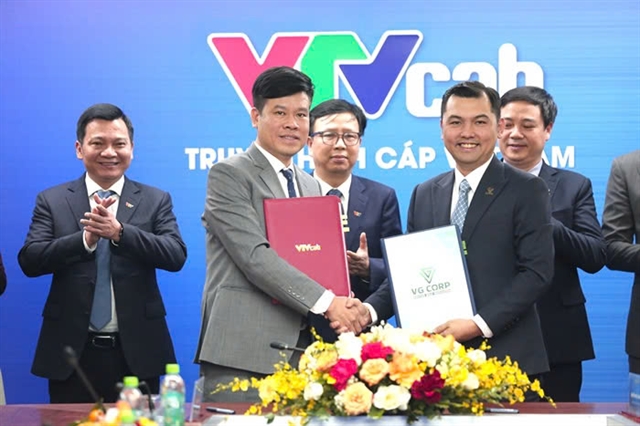 Economy
Economy

Sixteen free trade agreements (FTAs) have already been signed and three more due to be signed in the future, creating good opportunities for import and export businesses. Ngô Chung Khanh, deputy head of the Multilateral Trade Policy Department under the Ministry of Industry and Trade(MoIT), spoke to Hà Nội Mới (New Hà Nội) online newspaper about the need to effectively implement these FTAs to maximise the advantages and accelerate the development of import and export activities.
 |
| Ngô Chung Khanh, deputy head of the Multilateral Trade Policy Department under the Ministry of Industry and Trade(MoIT). Photo moit.gov.vn |
Up to 16 FTAs have already been signed and implemented, significantly expanding Việt Nam's foreign trade and making an important contribution to the growth of exports and the whole economy. Which new FTAs are currently under negotiation?
We have signed and implemented 16 FTAs since January 2007, after Việt Nam joined the World Trade Organization (WTO), marking the country’s comprehensive integration into the world economy.
These FTAs have proven highly effective, enabling Vietnamese goods to go to many large markets, thereby encouraging domestic businesses to innovate their management methods and technology, enhance quality and competitiveness.
Currently, there are three FTAs under negotiations. These include the FTA between Việt Nam and the European Free Trade Association States (EFTA) (including Switzerland, Norway, Iceland and Liechtenstein). This FTA has been in progress for more than 10 years.
Within the ASEAN framework, the FTA between ASEAN and Canada restarted negotiations in November 2021.
The most recent development is the Comprehensive Economic Partnership Agreement (CEPA) between Việt Nam and the United Arab Emirates (UAE). This FTA is actively being negotiated for a swift conclusion.
Could you please explain why we chose these markets for the next set of FTAs?
The primary goal when negotiating FTAs is to open up markets and create import and export opportunities for Vietnamese enterprises. Secondly, it aims to attract foreign investment because FTAs provide incentives for foreign businesses to invest, produce and export from Việt Nam with favourable tax rates. The selection of these markets is based on the criterion that these markets have for export potential, investment and significant business opportunities, bringing advantages to our country’s economy.
With 16 FTAs signed and Việt Nam’s status among the top 20 economies in terms of global trade, what advantages do we have in the negotiations for new free trade agreements?
When our position is increasingly higher, among the top 20 economies with a substantial influence on global trade, then the pressure is also increased. In the past, when we negotiated as a less developed economy, our partners were more flexible. Now, when we upgrade to a developing country with significant trade activities, such flexibility diminishes.
Therefore, FTA negotiations between Việt Nam and its partners now occur on a more balanced basis, with both sides seeking mutual benefits. However, we still expect our more developed economy partners to have appropriate flexibility, suitable to the development levels of both sides.
How are the negotiations progressing for new FTAs and which FTAs are expected to be signed soon?
The progress of FTA negotiations depends partly on negotiation skills and partly on both sides' willingness. The negotiation content is based on a principle of balance, a "win-win" approach where both sides gain and trade-offs are made.
Additionally, the negotiation process also involves the partner's policies and directions or evaluating whether their requirements are consistent with our policies. Therefore, FTA negotiations require a combination of negotiation skills, the determination of both sides, the partner's requirements and our own policies. Some FTAs benefit from the two sides’ policies, requirements and government desires, which will lead to faster negotiation progress.
We are currently making efforts so that the three FTAs under negotiation will be signed soon. However, the most important thing in FTA negotiations is their quality. If we prioritise the timeline and ignore the issues related to negotiation quality or the commitments we make, it will significantly affect the effectiveness of future implementation. Therefore, a balance between timeline and negotiation quality is essential to achieve the highest-quality FTAs.
What is your assessment of the prospects of new markets through the FTAs that are currently under negotiation and expected to be signed in the future?
When negotiating new FTAs, we carefully assess and select markets or regions that offer the best exports, trade and investment opportunities for Vietnamese businesses.
For example, the UAE is a very important market in the Middle East region and so far we have not yet signed any FTAs with them. The UAE is a financially strong country with substantial investments. This is also a diverse market with high income per capita. Additionally, the UAE serves as a gateway for Vietnamese exports to enter the Middle East market. From both trade and investment perspectives, the UAE market holds great potential for Việt Nam.
EFTA countries, Switzerland, Norway, Iceland and Liechtenstein, are not as large in market size as some others but they are among the world's top earners. Therefore, they have a significant demand for products, especially goods that Việt Nam has strength in. Hence, this is also a promising market that we need to cooperate with.
What are the challenges that need to be overcome after the FTAs have been signed as well as those that will be signed and implemented in the future?
The 16 FTAs already signed and the three FTAs set to be signed in the future have created great opportunities for import and export businesses. However, there are still many limitations in taking these opportunities, especially with the new-generation FTAs that we have put much effort into building, negotiating and signing.
For example, agreements like CPTPP, EVFTA and UKVFTA are new-generation FTAs that we put a lot of effort into negotiating. These FTAs have committed across various sectors, aiming at creating the best market development opportunities. However, the utilisation of these markets is still limited.
Furthermore, we still mainly export raw products, many of which lack branding and have not made a significant impact on international customers, resulting in lower returns. This is a significant concern that we are working closely with various government agencies, localities and businesses to build brand value for Vietnamese products.
Another issue is the lack of connectivity and cooperation among Vietnamese businesses when entering international markets. Finally, businesses need to adopt a green, digital and sustainable development direction and must recognise these as essential factors for the long-term development of the businesses. VNS




